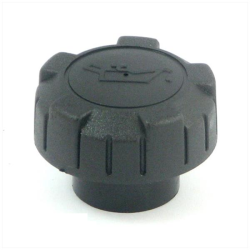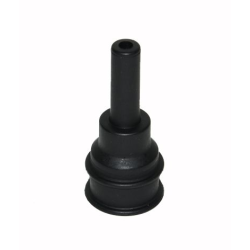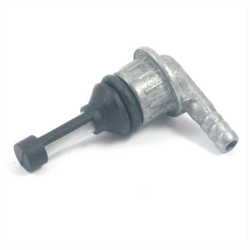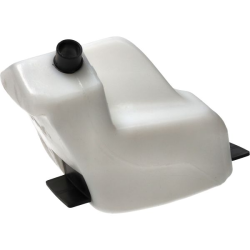The best scooter shop in 2025
Reservoir & Accessories
Oil Tank Cap Derbi
Olietankdop Rieju RR
Aansluiting olietank onderzijde SR50
Oil tank connection Rieju RR
Sealing Rubber Oil Tank Speedfight
Oil Tank Derbi Senda all SM Models
Oil tank Aerox
Reservoir & Accessories: Essential for the Proper Functioning of your Vehicle
A reservoir is an important part of many different vehicles, such as cars, motorcycles, scooters, and even bicycles. The reservoir and its associated components play a crucial role in storing and regulating fluids that are essential for the functioning of the vehicle. In this article, we answer questions about the function and main parts of a reservoir, so you better understand how this system contributes to the performance and safety of your vehicle.
What is the function of a reservoir?
The primary function of a reservoir is to store various types of liquids necessary for the operation and maintenance of the vehicle. There are different types of reservoirs in a vehicle, each with its specific function. Some common examples are:
-
Brake fluid reservoir: This reservoir stores the brake fluid that is essential for the proper functioning of the brake system. It ensures that the brake fluid is always available when you press the brakes, guaranteeing safety while driving.
-
Coolant reservoir: This type of reservoir stores the coolant that keeps the engine at the correct temperature. Without a properly functioning coolant reservoir, the engine could overheat, leading to serious damage.
-
Windshield washer fluid reservoir: This reservoir contains the fluid used to keep the windshield of your vehicle clean. A well-filled reservoir ensures better visibility and increases safety while driving.
In essence, the function of each reservoir is similar: storing fluids and ensuring that they are available at the right time in the right quantity for the operation of specific systems in the vehicle.
What are the three parts of a reservoir?
A reservoir consists of several parts that collectively ensure a well-functioning fluid storage and distribution. Here are the three main parts of a reservoir:
-
The tank or storage part: This is the central part of the reservoir where the fluid is stored. It is made of sturdy, durable materials such as plastic or metal, which are resistant to the chemical properties of the fluid, such as brake or coolant. The size of the tank can vary, depending on the type of vehicle and the purpose of the reservoir.
-
Fill opening and cap: Each reservoir has a fill opening used to fill the system with the necessary fluid. The fill opening is equipped with a tightly fitting cap that prevents fluid from escaping or becoming contaminated by dirt and dust. The cap can sometimes also have a safety function to ensure that the system remains at the correct pressure.
-
Hoses and connectors: These connect the reservoir to other parts of the vehicle. They ensure that the fluid is transported from the reservoir to the correct components of the system. For example, in a brake fluid reservoir, hoses go to the brake calipers, while in the cooling system, the coolant is led to the engine via hoses.

 Nederlands
Nederlands






